Like most parents, I could never pick a favorite child, since I love my kids equally. Or at least that’s what I tell them. It’s nearly as tough for an arborist to choose a best-liked tree. White pine, sugar maple, bur oak – the list of familiar darlings is long. One tree amid the apples of my eye is a species I’ve never seen, yet I’ve been a fan for ages. Maybe it’s because it can give us that loving feeling.
Native to rainforests from southern Mexico to northern South America, the cacao tree grows mainly within twenty degrees latitude on either side of the equator (in other words, where many northern residents wish they were in mid-February). The practice of grinding cacao seeds to make a drink the Aztecs called “xocoatl,” a word we modified to “chocolate,” dates back at least 2,000 years. Evidence suggests the cacao tree was first domesticated more than 5,000 years ago, likely for the pulp inside its fruit, rather than for its seeds.
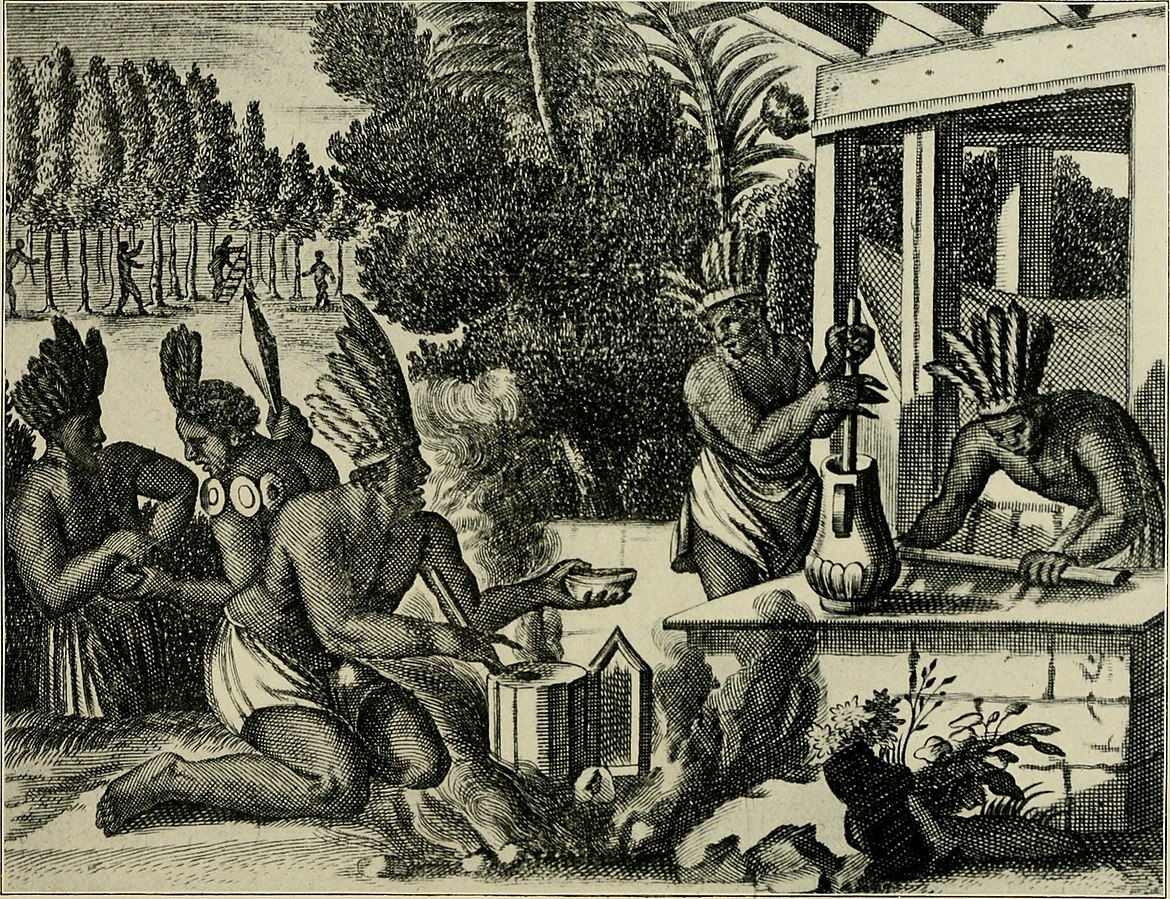
As tropical trees go, the cacao is puny, an understory species ranging from 15 to 35 feet tall. With large, glossy, egg-shaped leaves and football-shaped seed pods sprouting right out of its trunk, it’s an attractive tree. But what we absolutely adore about it are the little treasures inside its pods. Each 6- to 12-inch-long seed pod contains 30 to 40 cacao beans packed in a gooey pulp. This pulp was traditionally eaten fresh or brewed into beer, although it’s now the basis for a new type of liquor.
After they’re harvested, the cacao seeds, or beans, are piled on mats or placed in bins to ferment for a week or so. Fermentation is key to chocolate-making, as it imparts a rich flavor to the finished products. Then the beans are roasted, and milled into a grainy cocoa powder resembling coffee grounds.
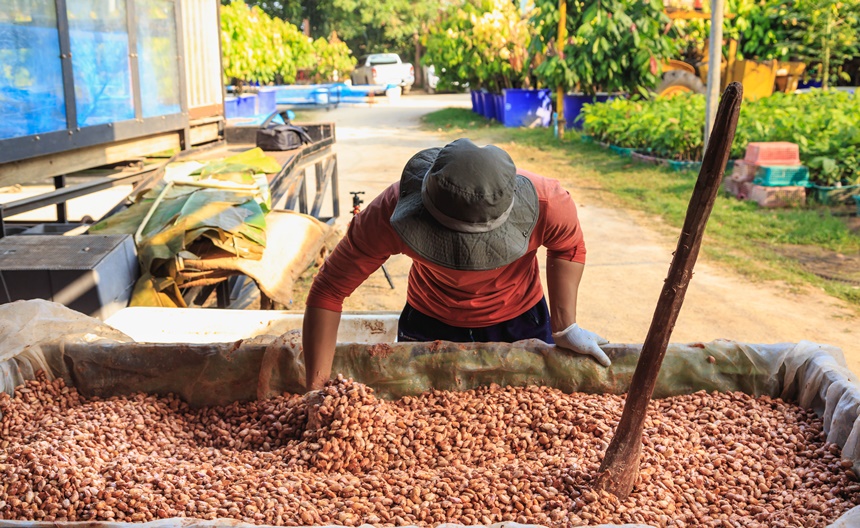
In 1519 when Hernán Cortés pulled up in what is now Mexico City looking for gold and maybe a nice cup of hot cocoa, he found all they had was a bitter drink mixed with hot chili peppers (the vegetable, not the band) and cornmeal. The Spanish weren’t thrilled with chocolate, but they were in a grumpy mood anyway, judging from history. One Spanish Jesuit who returned from Mexico described chocolate as “Loathsome to such as are not acquainted with it, having a scum or froth that is very unpleasant to taste.” With a review like that, it makes sense chocolate was slow to take off initially.
It became wildly popular after innovations like adding sugar and omitting hot peppers and cornmeal. Another reason for its meteoric spike in demand was that people discovered its effects. For one thing, it’s a pick-me-up, similar to tea or coffee. While there’s little caffeine in chocolate, it has plenty of other stimulants.
One of the main chemicals in chocolate is called theobromine, a word inspired by taxonomist Carolus Linnaeus, who in 1753 dubbed the cacao tree Theobroma cacao. This Latin name means roughly “food of the gods that tastes bitter.” Perhaps Linnaeus had a tepid relationship with chocolate. Theobromine, which by the way contains no bromine, is a chemical sibling to caffeine, and largely accounts for chocolate’s invigorating action.
Chocolate sales heated up even more as its reputation as an aphrodisiac grew. This may be what stimulated people to give chocolate to their lover on Valentine’s Day. The answer to whether it truly perks up one’s love life lies with another of its compounds, phenylethylamine (PEA).
Closely related to amphetamine, PEA fosters the release of dopamine, the “feel good” chemical in our brain’s reward center that one experiences when they’re promoted at work, hit a jackpot, or smoke crack. Turns out we have the same dopamine response when we fall in love. Being ga-ga over someone floods our brain with dopamine, a phenomenon that hopefully lasts longer than eating a chocolate bar.
In addition, three compounds in chocolate mimic the effects of marijuana, binding to the same receptors in our brains as THC, pot’s psychoactive principal. This releases yet more dopamine, and also serotonin, a brain chemical associated with happiness. Don’t be alarmed – chocolate is perfectly safe. The way it affects us is trifling compared to what hard drugs do.
While dark chocolate, a known antioxidant, is linked to a lower risk of heart disease in humans, it’s bad for dogs. Even modest amounts of theobromine can be toxic. A rough rule is that healthy dogs usually tolerate up to 1.5 ounces of dark chocolate per 10 pounds of body mass, and 3.5 oz. of milk chocolate per 10 lbs. Chocolate products vary in theobromine levels, so when in doubt, call a veterinarian. No matter how much you love your dog, please don’t give them a box of Russell Stover on Valentine’s Day. If your pooch is spayed or neutered, they won’t be able to cash in on those amorous developments anyway.
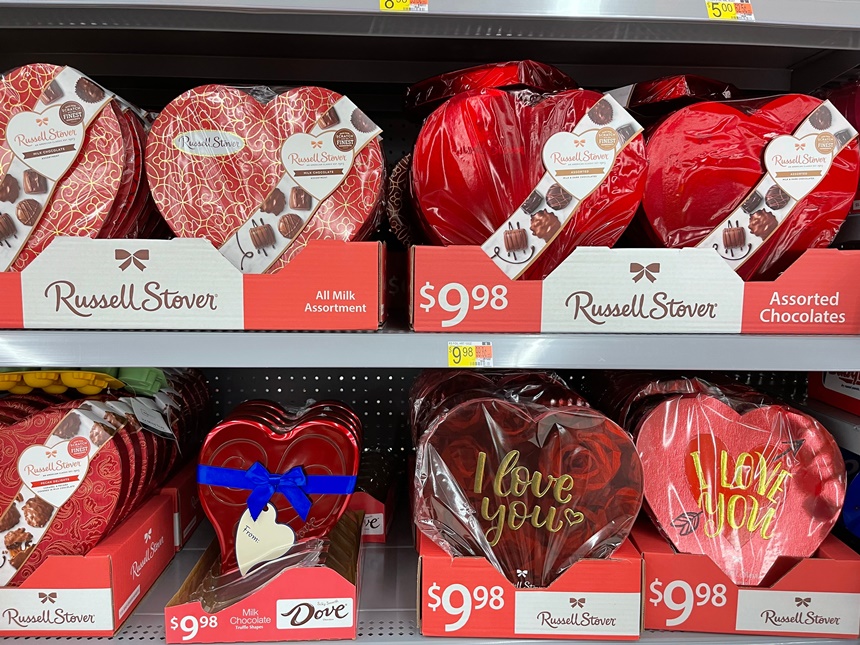
Most people would agree chocolate is no substitute for love, but its natural chemical effects may help explain why romance and chocolate are so intertwined. Well, that and marketing, I suppose. I hope you have a stellar, chocolatey Valentine’s Day this year. If you do, remember that the cacao tree may have played a part.
Become a Saturday Evening Post member and enjoy unlimited access. Subscribe now
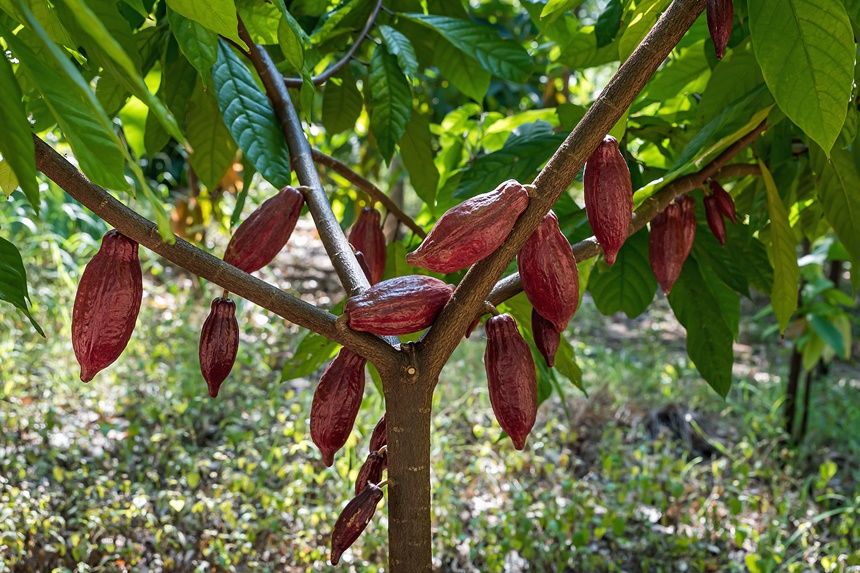

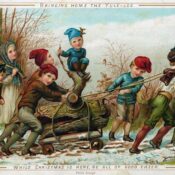

Comments
Great feature, Paul. I love the honesty of your first two sentences. Parents… often do have a favorite child or at least one they like better. My Dad liked my sister better, and my Mom liked me better than her, so it was fine. She had me as her little helper, mainly with baking, from a young age. Usually making cakes.
I’d use her Sunbeam Mixmaster Junior (a 1954 wedding present I still have) and made sure never to ‘flick it upwards’ while it was on. I loved the shape of it; looked like a bomb dropped out of World War II aircraft. The best part was licking the beaters afterwards for the cake mix then later the frosting.
For chocolate frosting there was the narrow box of powered sugar, butter and the baking chocolate in the metal container. When I put a small spoon in to taste it, it was full-on bitter. I didn’t know that’s what it REALLY tasted like!
As far as getting a THC type high off of chocolate, I really haven’t, though a similar high of being in the audience of ‘Which One’s Pink?’ would be nice, especially in these times. The chocolate bars of 70% cacao are a good compromise of sweet enough and still healthy. It better be at the high prices now.
A long time ago my Boston Terrier got into the 1/2 lb. box of See’s Candies, eating several of the remaining ones in that open box on the kitchen table. He was fine, thank God, but I learned afterwards it could have been bad. He’s the same dog that shredded and ate a few dollar bills I left on that same table.
He knew what he was doing, oh yes! He wanted a dopamine fix, and make me feel like a dope for going off to work (leaving him alone) at the same time. Of course I gave him plenty of hugs. I had to own my mistake, and did.